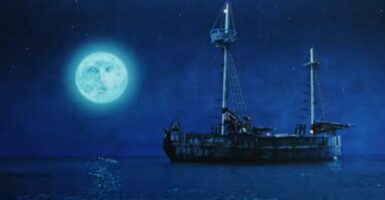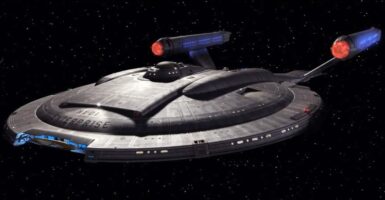Star Trek: Enterprise Fan-Favorite Race Finally Returns
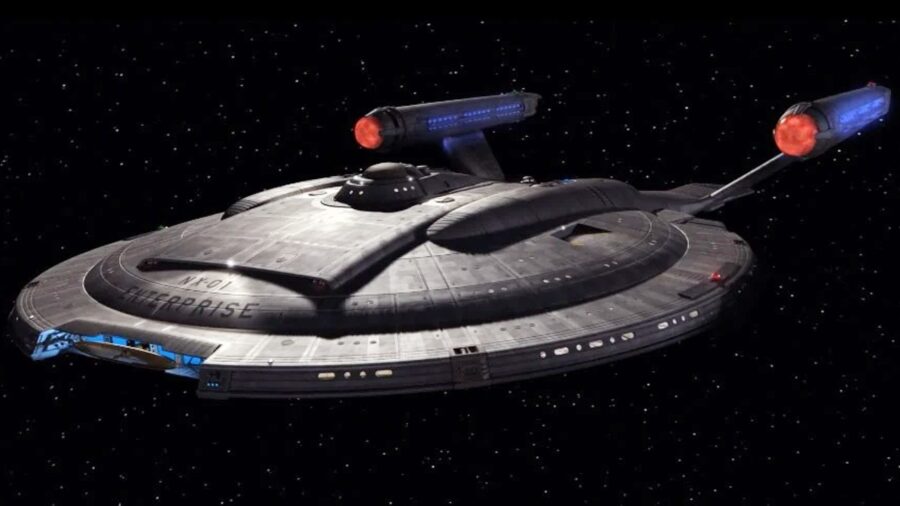
The most recent season of Discovery has been a real blast from the past, with storylines featuring everything from the Mirror Universe to Captain Picard. In the recent episode “Whistlespeak,” the Denobulans are mentioned, and they are one of the most fascinating races in all of Star Trek. If you haven’t watched much of Enterprise, don’t worry: we’ll catch you up on everything you need to know about these awesome aliens.
Return Of The Denobulans

Fans are introduced to these aliens in Star Trek: Enterprise early on because the ship’s physician, Dr. Phlox, is a Denobulan. One look at him will tell you plenty about the physiological differences of his race: for example, they’ve got a forehead that could be labeled “Klingon lite” and ridges running down either side of their faces. While we mercifully didn’t see it very much on the show, Denobulans also have really long tongues, something we see with Phlox in a genuinely upsetting CGI effect.
A Fascinating Alien Culture

Another major quality that separates these Star Trek aliens from other races is that Denobulan society is polyamorous, with each husband having three wives and each wife having three husbands. Accordingly, families in this society are relatively large, and Dr. Phlox himself has three wives and five children.
Your next question is an obvious one: since most Star Trek cultures are seemingly monogamous to the core, how did the Denobulans embrace polyamory? Their homeworld has a whopping 12 billion people on it, and they all live on the same continent. Over time, this encouraged everyone to live in large communes together where they could both share space and enjoy one another’s company.
Denobulans Can Be A Little Off-Putting

There are plenty of other fascinating tidbits about these Star Trek aliens, but I won’t bore you with every granular Denobulan detail. One last fascinating fact about this race is that its physicians (including Dr. Phlox) believe that their patients’ wills must be considered above anything else, meaning they will respect a patient’s desire to die rather than forcibly attempt to save them. This often horrifies people like Captain Archer who grew up as stern believers in the Hippocratic Oath.
How Discovery Brought Them Back

With the alien history lesson out of the way, it’s time to answer your next question: how did Star Trek: Discovery bring the Denobulans back? In the course of Captain Burnham’s investigation into the Progenitors, she discovers her next clue is hidden on the pre-warp planet Halem’no.
Back in the 24th century, the Denobulan Doctor Hitoroshi Kreel visited the planet and set up some disguised weather control stations to help the natives live and thrive. By the 32nd century, the towers were malfunctioning, and the native society (still pre-warp) had begun to make ghoulish sacrifices to their gods in hopes of bringing more rain.
Breaking The Prime Directive, Again
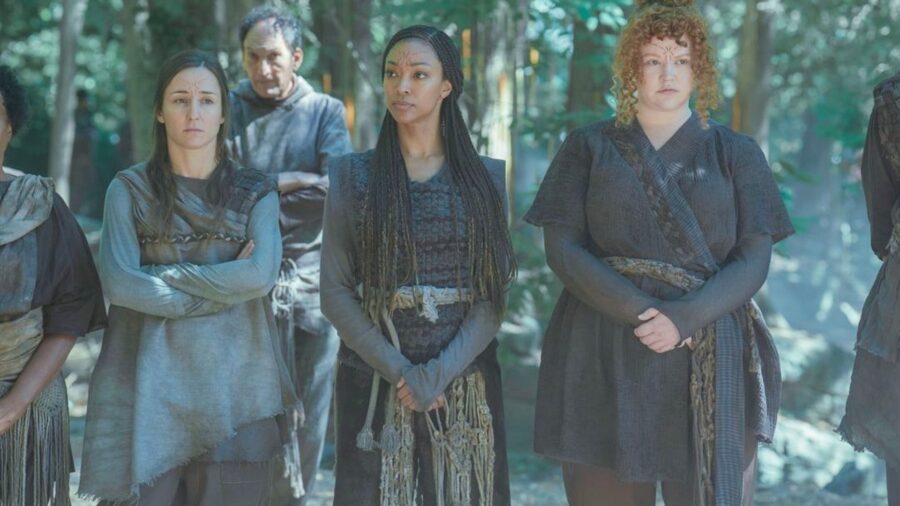
Burnham saves the day (part for the course on Star Trek: Discovery) by breaking the Prime Directive, revealing the existence of the Denobulan weather technology and how to maintain it to the primitive natives. She wouldn’t have arrived at the planet at all, however, if it wasn’t for a clue that was nothing more than distilled water. Once she has access to the names of the 24th-century researchers who worked on the Progenitor mystery, she and the crew use some Scooby Doo-style deduction to figure out which planet to visit (in this case, one where technological water control helped prevent a draught).
More Denobulans In The Future?
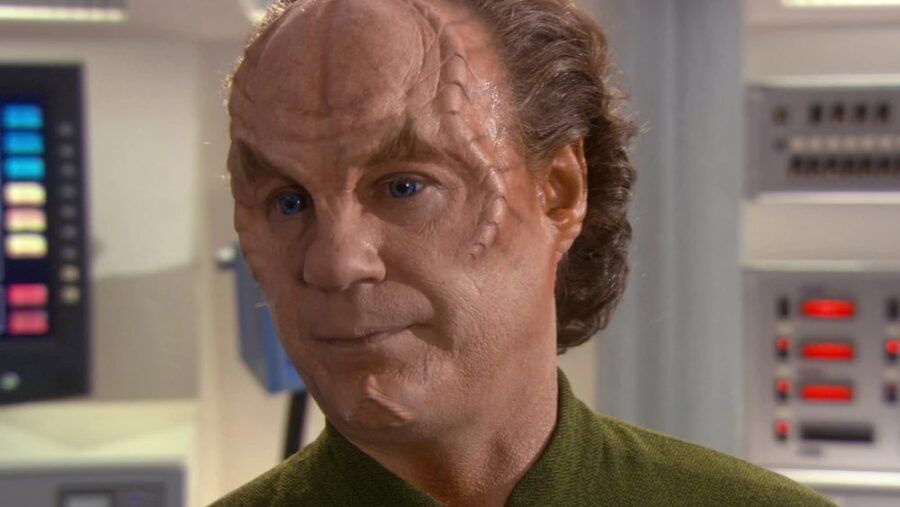
If you’re a Star Trek: Enterprise fan and love Dr. Phlox, it’s admittedly disappointing that the Denobulans are simply referenced here rather than seen or directly heard from. Still, there are enough seasons left for Burnham and company to encounter some living relatives of Dr. Phlox. However, if that means the return of that awful extended tongue CGI effect, we may have to beam out into space.


